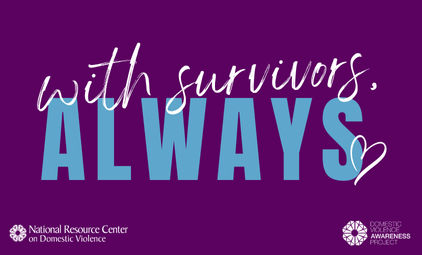![]() How do you identify sex-trafficking victims when such cases go largely undetected or unreported?*
How do you identify sex-trafficking victims when such cases go largely undetected or unreported?*
It’s an issue with which law-enforcement agencies in the U.S. continually struggle. Detective Bill Woolf with the Northern Virginia Human Trafficking Task Force has experienced this first hand. Over the course of his tenure, he’s interviewed over 300 victims. In many cases, those who have been exploited believe that they are offenders, Woolf told me. “They fear law enforcement…because they’re technically committing a crime and that is prostitution,” he said.
[…]
It’s a vicious cycle that law enforcement in the U.S. sees time and time again. Women can be pulled in to commercial sex through gangs or pimps—the former function as delivery services, taking women to houses in the area they control, while the latter focus on hotels and street level prostitution, according to Woolf. “In gang-controlled situations, it’s usually going to be that the girl is from the area. When it’s a pimp … it’ll probably be girls from all over the place,” he said.















